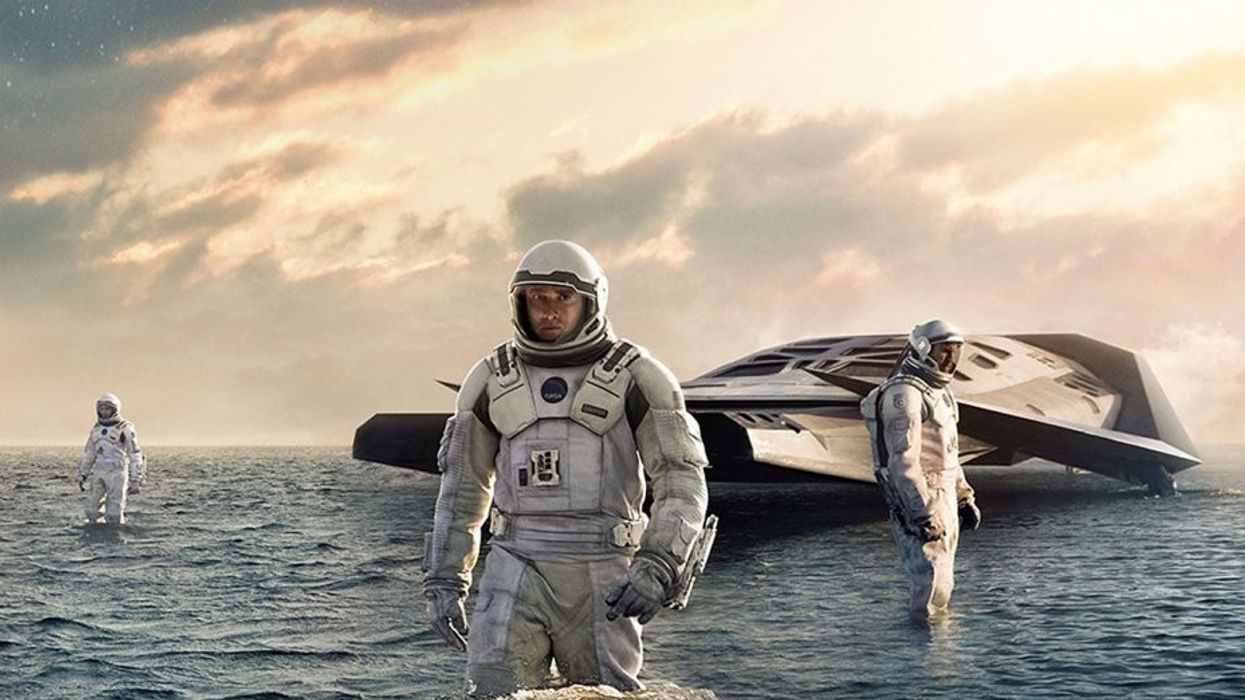This Interstellar Infographic Bends Space and Time
Science is about admitting what you don't know. Are you ready to go back to space?

Roger Ebert once called film the ultimate empathy machine. It's a window into all kinds of humanity. A way to see more of the world and to confront what makes us human.
It's hard to find a better example of this sentiment than Christopher Nolan's Interstellar. It's a movie about the sacrifices we make to ensure humanity continues to survive, even as the lead character watches his own children die from afar.
Interstellar has been hotly debated since it premiered in 2014.
The movie is loud, sentimental, and filled with advanced scientific theories that work for the story, but are mostly theoretical in real life.
I'm not one of those people who sits down to pluck apart the scientific plausibility of a screenplay unless I think it takes away from the story. In the case of Interstellar, I think it adds to it.
Interstellar juggles many different time frames for the story. We cross from what's going on within Earth to the surface level of foreign planets, to the circling ship, and then to a fifth dimension that unites all of them.
What I love most about Interstellar is that it's a movie about trying to make all this stuff work.
Which is why you might need this infographic to think it all out.
This infographic is the work of Frametale, an entertainment marketing agency with offices in Los Angeles and Istanbul, led by creative director Dogan Can Gundogdu. They have work that's appeared in lots of different films, commercials, and television shows.
It explains the time dilation at the center of the story.
As storytellers, we always have to reconcile what's happening in every scene. The hurdle at the center of Interstellar is making each thread of time compelling and weaving them together to still surprise the audience. Especially when you know one of the threads inevitably leads to aging and death.
Do you love Interstellar?
Think it's too complicated?
Let us know in the comments!












